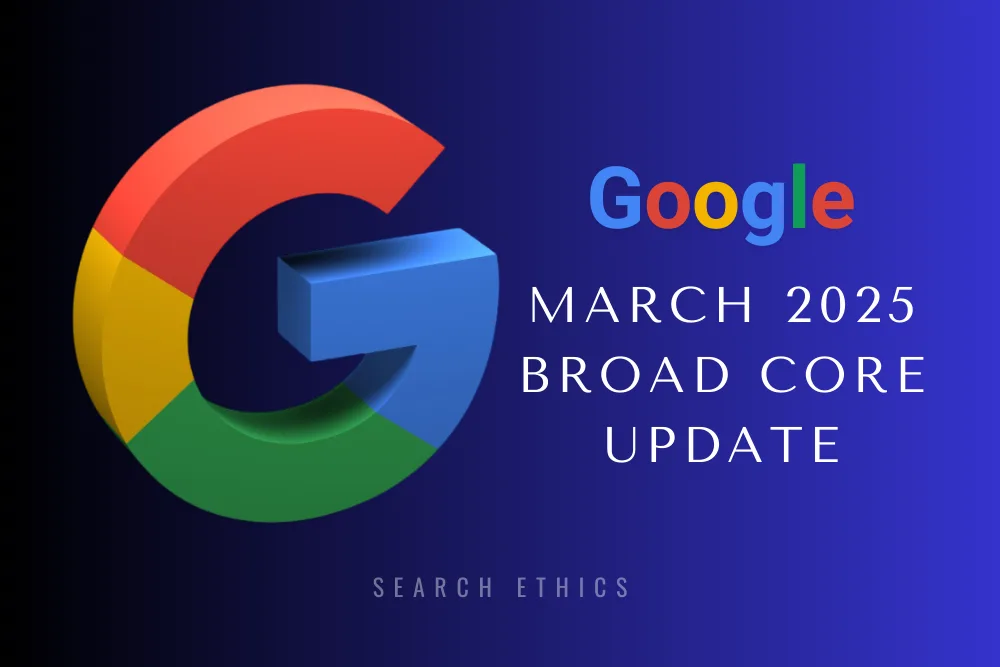Now Reading: Fast-Tracking Scientific Discoveries with AI co-scientist
-
01
Fast-Tracking Scientific Discoveries with AI co-scientist
Fast-Tracking Scientific Discoveries with AI co-scientist

Google has launched an advanced AI assistant, Co-Scientist, designed to transform the way scientists conduct research. This brilliant tool aims to boost discovery by generating new hypotheses, summarizing complex research findings, and optimizing experimental designs. In an impressive demonstration, Co-Scientist solved a long-standing scientific puzzle in just two days—one that had baffled researchers for over a decade.
What is Google Co-Scientist?
Google Co-Scientist is an AI-powered multi-agent system built on Gemini 2.0, the latest iteration of Google’s large language model. This AI operates as a virtual research assistant, helping scientists explore new ideas, analyze extensive datasets, and propose innovative research pathways.
How Co-Scientist Works?
Co-Scientist automates time-consuming research tasks, allowing scientists to focus on creativity and strategy. Let’s explore how it works.

- Input & Structuring: Scientists enter a research goal in natural language. The AI translates it into a structured research plan.
- Hypothesis Generation: The Generation Agent creates hypotheses based on literature and simulated debates.
- Evaluation & Ranking:
- The Reflection Agent acts as a peer reviewer, assessing plausibility and novelty.
- The Ranking Agent prioritizes the best ideas using an Elo-based tournament system.
- Refinement & Organization:
- The Evolution Agent improves top-ranked hypotheses.
- The Proximity Agent organizes similar ideas for better exploration.
- Final Insights: The Meta-Review Agent synthesizes all feedback into high-level insights.
- Human Review & Experimentation: The final hypotheses are presented for researchers to analyze and test.
By automating critical aspects of scientific reasoning, this system speed up discovery and boost research clarity.
Key Features of Google Co-Scientist
- Hypothesis Generation – AI Co-Scientist system can identify patterns within vast datasets, generating novel research hypotheses that might otherwise go unnoticed. This capability could significantly impact fields such as medicine, biology, and chemistry.
- Research Summarization – Instead of reading full research papers, scientists can rely on Co-Scientist to quickly distill key insights and findings, saving valuable time and effort.
- Experiment Optimization – The AI can analyze existing research data to design efficient experiments, potentially leading to more impactful discoveries and improved scientific outcomes.
How Scientists Can Use Google Co-Scientist
Currently, Google Co-Scientist is available in beta through Google’s Trusted Tester Program. Research organizations interested in accessing this groundbreaking tool can follow these steps:
- Log into a Google account.
- Visit the Trusted Tester Google Form.
- Complete the form with required details.
- Review and accept the terms and conditions.
- Submit the application for consideration.
The Future of AI in Science
Google’s Co-Scientist represents a major leap forward in AI-assisted research. By streamlining data analysis, hypothesis generation, and experimental design, this tool has the potential to reshape scientific discovery across multiple disciplines. Collaborations between human researchers and AI systems like Co-Scientist will likely lead to impeccable advancements at fast pace.
Dony Garvasis is the founder of Search Ethics, a platform dedicated to transparency, authenticity, and ethical digital practices. With over six years of experience in SEO and digital marketing, I provide expert content on automobiles, technology, gadgets, and online strategies. My mission is simple: Ethical Search, Genuine Results—ensuring users worldwide receive credible, useful, and up-to-date content.










